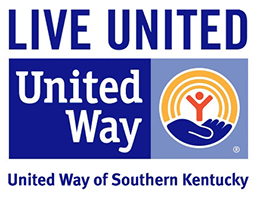Blog
Check back soon for new and improved content!
Back to TopicsDepression
By Jill M.
Content Warning: description of depression symptoms
It slowly takes over a person’s life such as mine to the point where they forget how it all began. It is insidious, creeping up a little at a time. Little things change at first, leading to bigger changes. Then, as if out of the blue, that famous black cloud is overhead.
Depression is when everything feels too hard. When you feel so low that things you previously enjoyed no longer hold that same joy. You find it harder and harder to get out of bed in the morning. You drag yourself through each day. You find it difficult to go to bed at night.
How do you explain to someone that you want to live your life but also you don’t know how you can? How do you explain that this no longer feels like a choice, that it controls you not the other way around?
Depression is initially a reaction. A reaction to a life that you never imagined would be yours. A reaction to stress and a seeming inability to change your situation. It is an in-acceptance of how things are or were. It is lack of self-care and a giving too much of yourself to others. It is a deep anger at an injustice or unfairness in life. It is a lack of energy to take any more of what life has for you. It is a deep sadness and regret. It is all of this and much more. We are not always aware of why it happens because of how slowly and quietly it sneaks up on us.
I hope life gets easier for you. I hope you get that sense of control back. Lots of people like me have been through depression and come out the other side fighting everyday to win. Today begins OUR FIGHT, pick up your sword of strength and stand high, we’re not going anywhere until we win.

